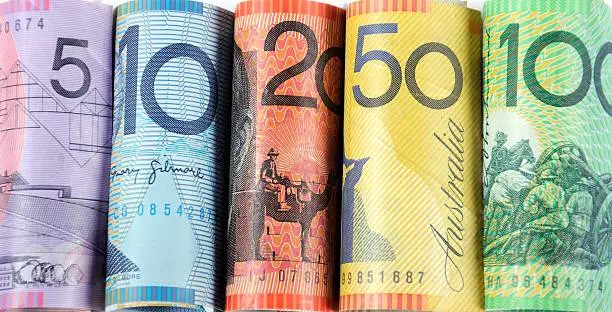The Australian dollar (AUD) has recently paused its upward climb against the US dollar (USD), currently stabilizing around the 0.6525 mark on the H4 chart. This moment of stability follows three consecutive sessions of gains, indicating a potential near-term consolidation in the currency pair’s movements. The significance of this pause lies in its potential transformational role, marking a preparatory phase for a possible return to a sustainable upward trend.
Several factors are at play in guiding the AUD’s recent performance, particularly the weakening of the USD. After a rally, the US dollar has faced a slight retreat largely attributable to profit-taking strategies in the market. This pause in strength is compounded by rising expectations regarding the US Treasury’s policy shifts under President Trump’s administration, which has led traders to reassess their positions. A broader analysis indicates that such fluctuations not only influence the immediate currency exchange but also set the stage for long-term investor sentiment and market strategies.
Monetary Policy Insights
Examining the perspectives from the Reserve Bank of Australia (RBA) provides essential context when evaluating the AUD’s trajectory. The minutes from the RBA’s most recent meeting illustrate a firm commitment to a restrictive monetary policy aimed at controlling inflation, which remains paramount to their strategy. The RBA is prepared to adapt its approach based on economic developments, with market forecasts suggesting a palpable chance for interest rate cuts within the coming months—37% by February and a more pronounced 58% by April. This openness to policy modification creates a critical dynamic that could significantly influence the AUD’s strength in relation to the USD.
Diving deeper into technical analysis, the H4 chart suggests that the AUD/USD pair is currently undergoing a corrective phase following a downward movement, which reached the target of 0.6440. The market appears to be forming a corrective wave directed towards 0.6543, implying that if this correction successfully concludes, the potential for a renewed downtrend to around 0.6380 may emerge. Supporting this bearish outlook are indicators such as the MACD, which has shifted below the zero line, indicating the potential for further declines in price action.
On the H1 chart, the currency pair is similarly approaching its correction target of 0.6543 while forming a consolidation pattern just beneath it. Analysis suggests that a breakout from this formation is more likely to be downward, initiating an inevitable phase of decline that could see immediate targets set around 0.6464. The Stochastic oscillator further substantiates this bearish perspective, with its signal line trending downward toward the 20 mark, suggesting the likelihood of continued downward movement for the AUD/USD.
The Australian dollar’s recent stabilization against the US dollar reflects a complex interaction of market sentiment, monetary policy, and technical factors. Traders and analysts must remain cognizant of emerging economic indicators and policy shifts that could expedite a change in trajectory. Monitoring the current consolidative phase will be crucial in determining the next steps for the AUD/USD pair as it navigates through this uncertain terrain. The landscape is ripe for investors and stakeholders to prepare for crucial movements in response to ongoing developments.

